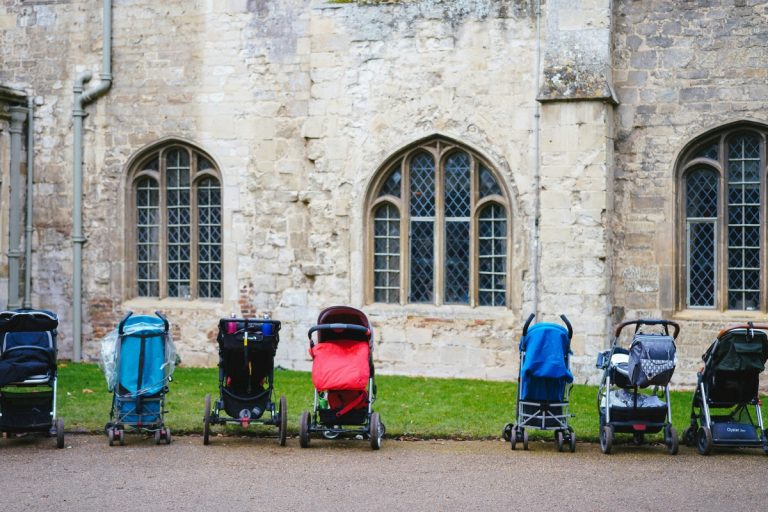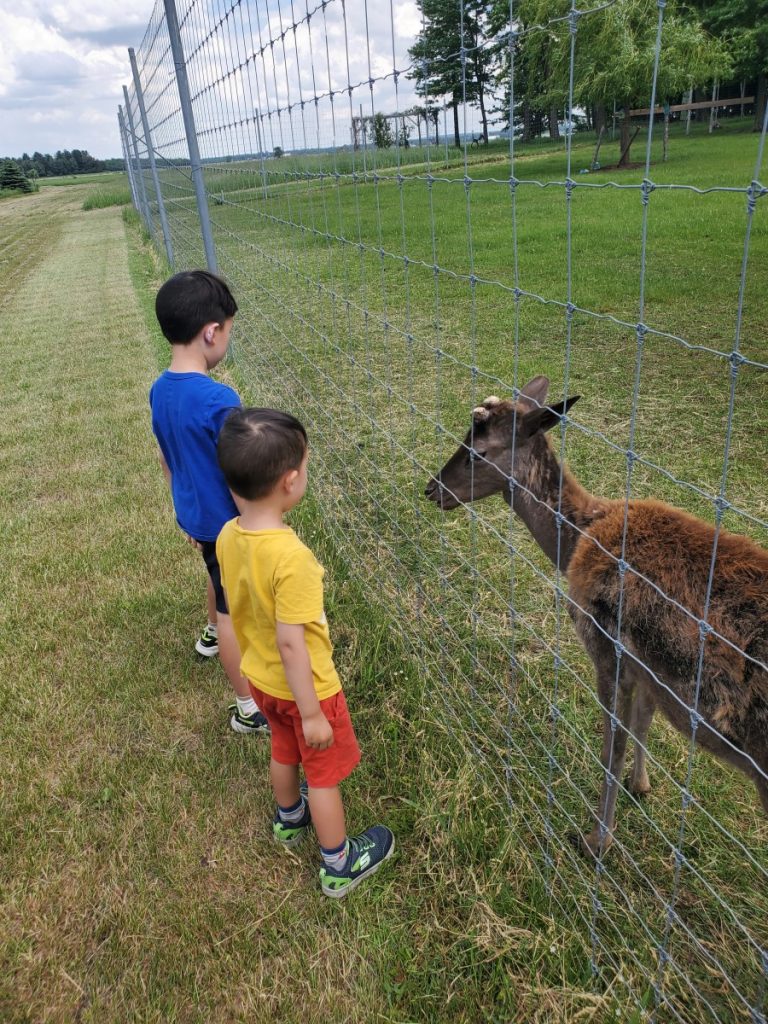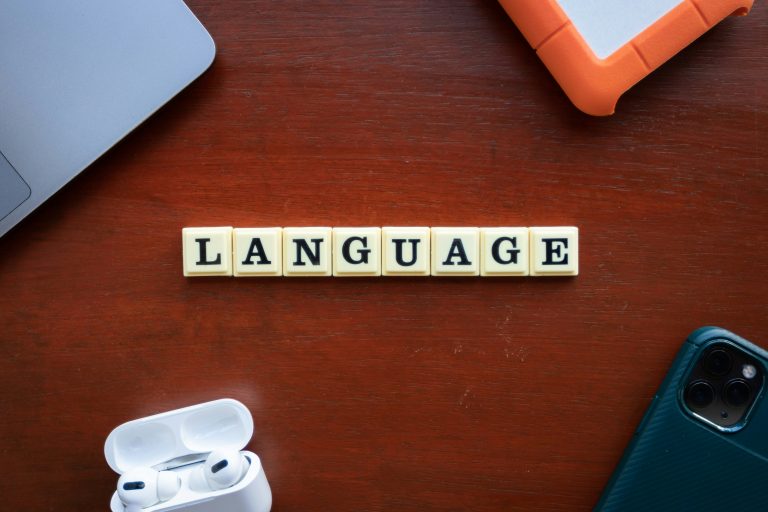Baby Led Weaning : Our Family’s Journey & Why It Was Worth It
The Cultural Hurdle: Mashing vs. Exploring
The moment you become a parent in Québec, you hear about it: raising ‘independent’ kids. For me, that philosophy began right at the high chair.
🌍 Korean style vs. BLW: The BLW Culture Shock
As a mom from Korea, where most babies typically start with thin rice porridge (미음), this approach felt truly unusual—even a bit shocking to my own mom and my French mother-in-law! I respect the traditional Korean approach for its ease of digestion and tracking, but my goal was different: integrating my babies into our varied family meals.
BLW means offering soft, graspable finger foods instead of spoon-feeding purées. Yes, it was messy—smashed avocado everywhere was a common sight! And honestly, that first gagging sound made my heart stop. But I quickly learned a crucial difference: gagging is not the same as choking. Gagging is a normal, protective reflex. It actually helps babies learn to handle food safely. A red face and coughing are usually okay signs; a blue face and silence are not.
🥄Essential BLW Tips for New Parents
Before you dive into Baby-Led Weaning, here are some super important tips:
- Learn Baby CPR & Choking Response: This is non-negotiable for any parent, but especially for BLW. We watched YouTube videos and practiced basic first aid until we felt more confident. Knowledge is power, and it brings immense peace of mind! You can find excellent instructional videos from reputable organizations like the CPR Kids or St. John Ambulance on YouTube.
- One Food at a Time (for Allergies): For allergy safety, we introduced one new ingredient every 3–4 days. This method helped us clearly track any reactions and significantly reduced our stress.
- Patience and Preparation are Key: Baby-Led Weaning isn’t a race. Your baby might drop, smash, or even completely ignore food in the beginning. This is all a normal part of the learning process! Over time, their chewing skills and hand-eye coordination will naturally improve. Trust the process, and your baby will get there.
🍓 Tip for allergy tracking:
| Day | Food Tried | Reaction? |
|---|---|---|
| Mon | Banana | None |
| Thu | Egg | Mild rash |
🍽️ First Foods: What to Offer (and What to AVOID) by 6 Months
When you first start, knowing what to serve is half the battle. Focus on foods that are soft enough to squish between your thumb and forefinger and are in a spear or stick shape so your baby can easily grasp them in their fist (the ‘pincer grasp’ comes later).
The Best BLW First Foods:
- Avocado: Cut into large, thick spears or strips. This is a fat-rich, easy-to-grip starter.
- Cooked Root Vegetables: Carrots, sweet potatoes, or butternut squash cut into long, finger-length sticks, boiled or roasted until very soft.
- Banana: Peel most of it and leave a small section of the peel on one end—it makes a perfect, non-slip ‘handle’!
- Broccoli & Cauliflower: Cooked until soft, leaving the stem long enough for baby to hold. The florets offer a fantastic texture.
Crucial Safety: Foods to AVOID (Choking Hazards):
Never offer foods that are round, hard, sticky, or coin-shaped. These include whole grapes, cherry tomatoes, hard pieces of raw apple or carrot, hotdogs, and large dollops of nut butter (spread it thinly!). Remember, the goal is to make the experience safe and fun.
👶 Why Our Family Embraced Baby-Led Weaning
Choosing BLW brought so many wonderful benefits to our family mealtimes:
- Introduces Real Food Textures Early: No bland purees here! My babies got to explore a wide variety of tastes and textures, which I believe helped prevent picky eating down the line.
- Encourages Self-Feeding & Independence: My babies quickly learned to listen to their own hunger cues and take control of their meals.
- Develops Oral Motor Skills: Handling different textures and shapes really helped them strengthen the muscles around their mouths, which is great for speech development too!
- Promotes Family Mealtimes: It was lovely having them eat (or explore eating!) similar foods to ours from day one. It made mealtimes a shared experience.
💛 Yes, it was messy—smashed avocado everywhere! And honestly, cleaning up definitely took longer. There were even moments of frustration, I won’t lie. But truly, those priceless moments watching them explore and learn made it all worth it. And trust me, kids grow up so fast, so embrace the mess while you can!
🤝 Partner Support: Making BLW a Team Effort
It’s easy for one parent to feel overwhelmed by the initial stress, especially the panic that comes with the first few gagging episodes. BLW works best when it’s a team effort. We found immense peace of mind when my husband and I took turns overseeing meals. More importantly, we both committed to learning Baby CPR and choking protocols together. While one parent focused on the baby, the other could relax and enjoy the moment, or immediately tackle the cleanup. Designating roles—such as having one parent manage the feeding and the other handle the post-meal sanitization—can significantly reduce burnout and make mealtimes a positive family routine.
🤦♀️Mastering the Mess: Practical Cleanup Hacks
The infamous mess can be the biggest deterrent, but a few tools make a world of difference. Investing in a large, easily washable splat mat that goes under the high chair is non-negotiable for protecting your floors. Another game-changing tip is scheduling the evening meal just before bath time. This allows you to simply strip the baby (and the high chair tray!) down and carry them directly into the tub for an immediate cleanup, eliminating the need to scrub sticky puree from every crevice. Finally, dedicate one hour a week to batch cooking soft root vegetable sticks or mini egg muffins that can be frozen and quickly reheated—this saves crucial time during busy weekday dinners.
🛒 Recommended Baby Feeding Tools (Affiliate Links)
To make your BLW journey smoother, here are a couple of tools we found indispensable:
FAQ
Q1. Is gagging normal during BLW?
Absolutely! Gagging is a natural protective reflex. As long as your baby is breathing, coughing, or making noise, it’s usually not an emergency. It’s their body’s way of learning to manage food in their mouth.
Q2. When can I start BLW?
Generally, BLW can start around 6 months. Key readiness signs include being able to sit up with minimal support, having good head and neck control, and showing a clear interest in food (like reaching for yours!).
Q3. What if my family doesn’t support BLW?
You are definitely not alone! Many grandparents and other family members find the BLW approach strange at first, especially if they’re used to traditional spoon-feeding. But often, once they see babies happily exploring and eating real food, they start to come around. A gentle explanation and showing them how capable your baby is can help!
🌿Final Thoughts on Baby-Led Weaning
Baby-Led Weaning might not be the perfect fit for every family, but for us, it was a truly wonderful and enriching experience. It fostered healthy eating habits, significantly reduced mealtime battles as they grew, and helped our children develop a positive, independent relationship with food right from the start.
If you’re considering this journey, remember: start slow, stay patient, and most importantly, trust your baby (and the process!). It gets easier, and the rewards are so worth it. 💛





